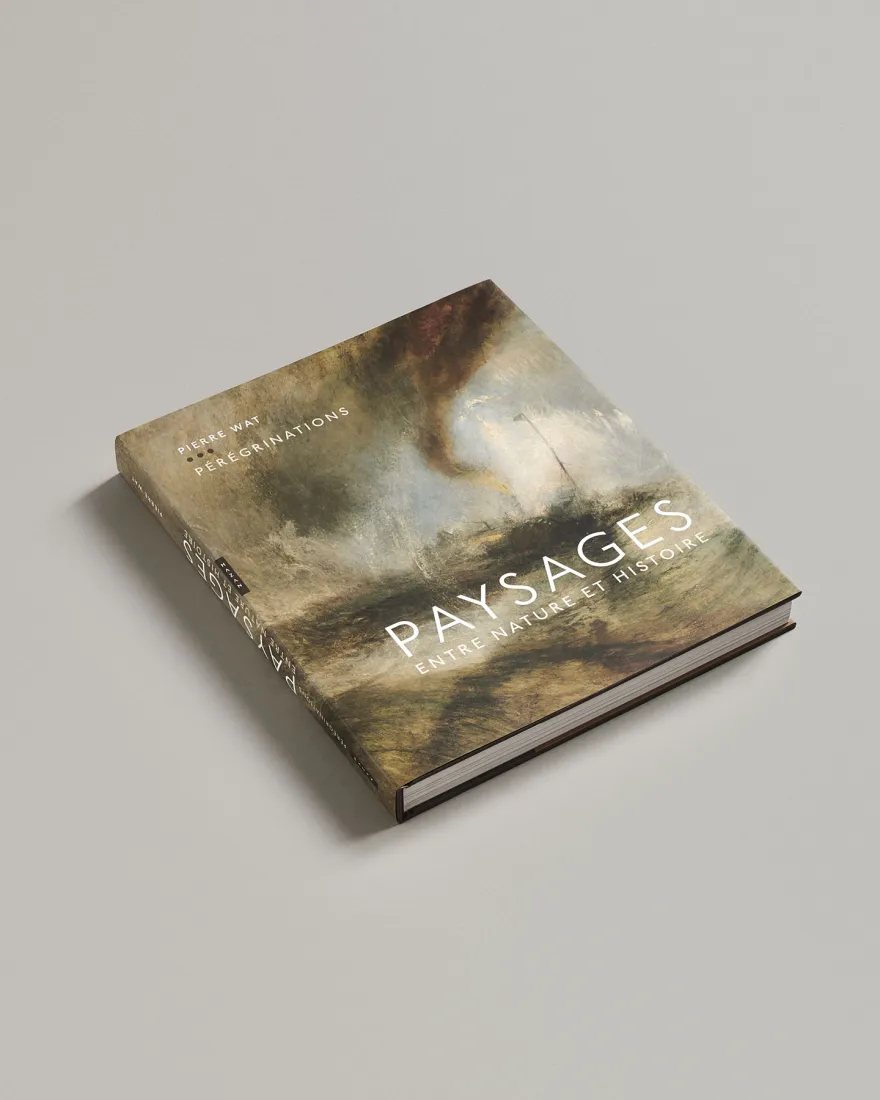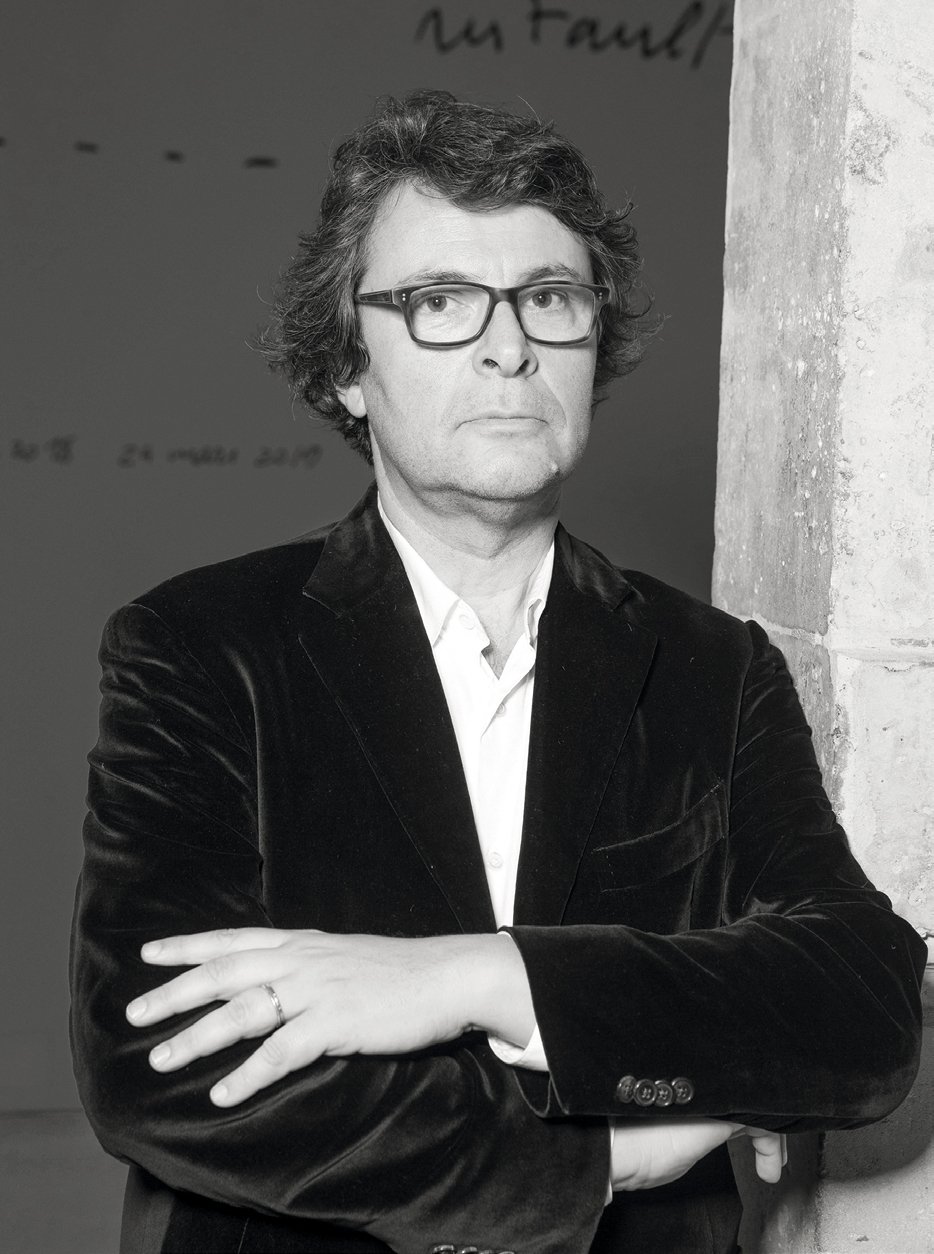
2018 Pierre Daix Prize
The fourth annual Pierre Daix Prize was awarded to art historian Pierre Wat for his book “Pérégrination: Paysages entre Nature et Histoire”.
Le jury, présidé par Jean-Jacques Aillagon, salue « un essai novateur sur la question du paysage en peinture », mais aussi « une singulière montée en émotion au fil de la lecture, un ouvrage habité, un vrai talent romanesque », qui raconte « un paysage devenu le lieu de l’histoire et de sa tragédie ».
Pierre Wat
Pérégrinations
Ces pérégrinations auxquelles le livre de Pierre Wat nous convie appartiennent à celles et ceux qui marchent dans le monde à la recherche des traces et des strates de l’histoire. L’ouvrage commence par le tableau de Caspar David Friedrich de 1818 Le voyageur au-dessus de la mer de nuages [Der Wanderer über dem Nebelmeer], un homme vu de dos, regardant un paysage, et il s’achève par une photo de David Seymour, dit Chim, qui montre des enfants en costume de ville jouant dans les ruines du ghetto de Varsovie en 1948, stigmates de la catastrophe du 20e siècle. On a là une chronologie chère à Pierre Wat et à Pierre Daix, le premier, pour qui le paysage est histoire et le second qui n’a eu de cesse de penser les liens entre la guerre et l’art. Commencer par la figure du "Wanderer", l’artiste qui s’est retiré du monde, permet à Pierre Wat de chercher des traces et des indices, ceux de la présence et du passage de l’homme dans les paysages, tels qu’il s’y inscrit ou tels qu’il le fabrique : « La peinture de paysage […] met au jour un rapport au monde qui n’est ni domination ni séparation : art de l’entre-deux-règnes, entre la nature sans l’homme et l’histoire humaine » (p. 23).
Rôdeur comme Michel de Certeau, à la recherche d’indices comme le préconisait Carlo Ginzburg, accroupi à l’aplomb d’une haie de la campagne anglaise comme Constable ou spectateur arrivé après la bataille alors que le paysage a recouvert la tranchée comme Turner, Pierre Wat n’est pas aveuglé, comme Fabrice après Waterloo dans La Chartreuse de Parme, au contraire, il ouvre nos yeux.
Lorsqu’on le suit dans son cheminement, on rencontre la tragédie, celle du 19e siècle d’abord, celle des conquêtes, des guerres, des révolutions ou des empires faits et défaits, celle d’un premier ensauvagement de l’histoire où les hommes laissent des ruines derrière eux et des paysages en guerre, ceux par exemple de Delacroix ou de Goya « où la guerre ne fait plus que des vaincus ». Il faut exhumer les corps et fouiller les strates archéologiques de sols et de terrains détruits, délaissés et finalement retrouvés, en somme, toujours « marcher sur l’histoire ».
Avec le 20e siècle, Pierre Wat donne à voir des artistes pour lesquels le paysage permet d’exprimer l’innommable, mais aussi l’anéantissement sans traces et les événements sans témoins. Ces paysages où la mort a régné sont ici saisis à travers la photographie, le cinéma ou la peinture. Ce sont ceux de la Shoah (Roberto Frankenberg, Claude Lanzmann, les quatre photos prises par un Sonderkommando à Birkenau, Gerhard Richter) ou ceux du génocide rwandais (les collines désormais recouvertes d’une nature tenace photographiées par Alexis Cordesse).
Le voyage s’achève à Varsovie, ville martyre, à la fin des années 1940 ou à l’heure actuelle au moment où, l’auteur, sur les traces de sa famille, renoue les fils de l’Histoire et de son histoire.
« La peinture de paysage [...] met au jour un rapport au monde qui n'est ni domination ni séparation : art de l'entre-deux-règnes, entre la nature sans l'homme et l'histoire humaine.»
L’auteur
Pierre Wat est professeur d’histoire de l’art à l’université Paris 1 Panthéon-Sorbonne. Spécialiste du romantisme, auteur de monographies consacrées à Pierre Buraglio, à Claude Viallat, il est aussi l’auteur de Constable (Hazan, 2002). Pierre Wat a également publié de nombreux textes sur la peinture moderne et contemporaine dont un essai remarqué, Turner. Menteur magnifique (Hazan, 2010) et une monographie sur le peintre Hans Hartung (Hazan, 2019).

Le jury
Pour l'édition 2018, le jury était composé de :
Jean-Jacques Aillagon
Ancien ministre de la Culture, ancien président du Centre Pompidou, président de Pinault Collection
Laurence Bertrand Dorléac
Historienne d’art, éditrice, universitaire, directrice, du Laboratoire Arts et société de Sciences-Po
Martin Bethenod
Directeur délégué de la collection Pinault Paris et de son musée la Bourse de Commerce
Jean-Marie Borzeix
Ancien directeur de France Culture
Jean de Loisy
Président du Palais de Tokyo
Emmanuel Guigon
Directeur du Musée Picasso de Barcelone
Brigitte Leal
Directrice adjointe du Musée national d’Art moderne
Laurent Le Bon
Président du Musée national Picasso à Paris
Alain Minc
Président de AM Conseil, essayiste
Alfred Pacquement
Ancien directeur du Musée national d’Art moderne
Marie-Karine Schaub
Historienne et universitaire (université Paris-Est Créteil-Val de Marne)